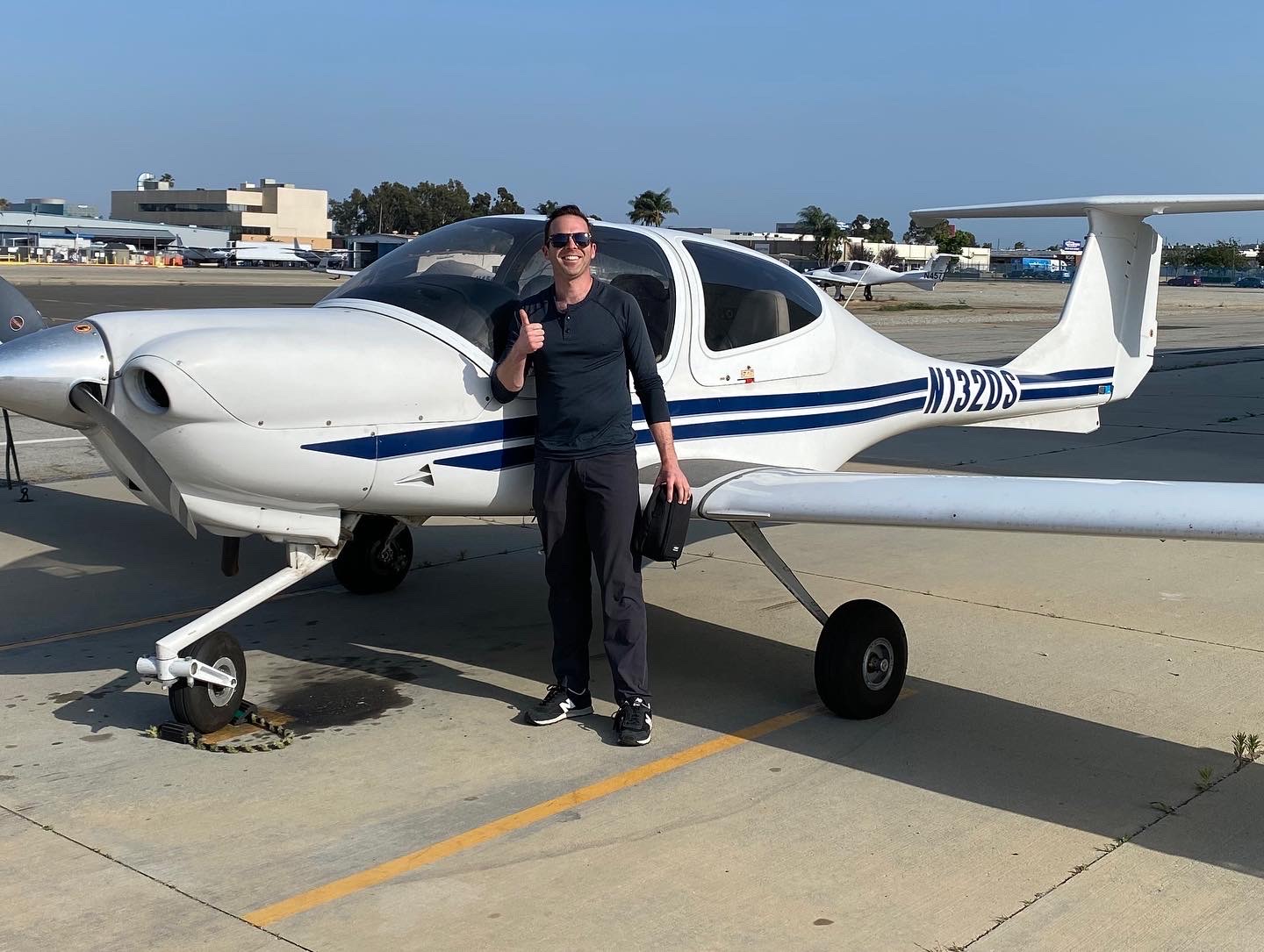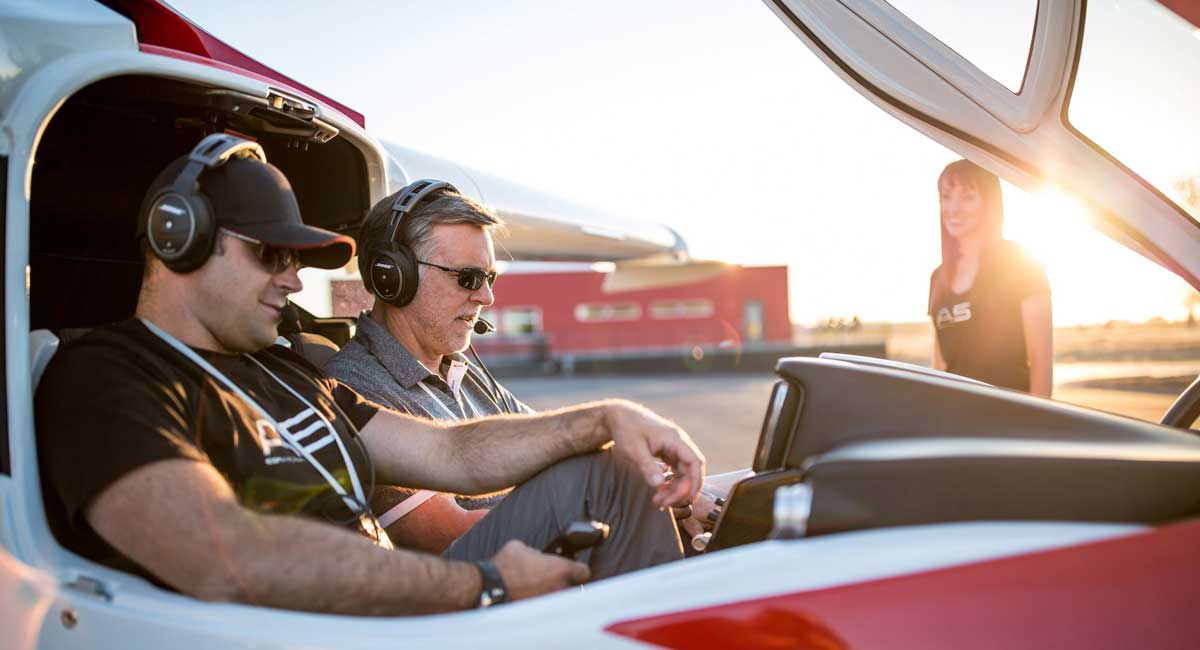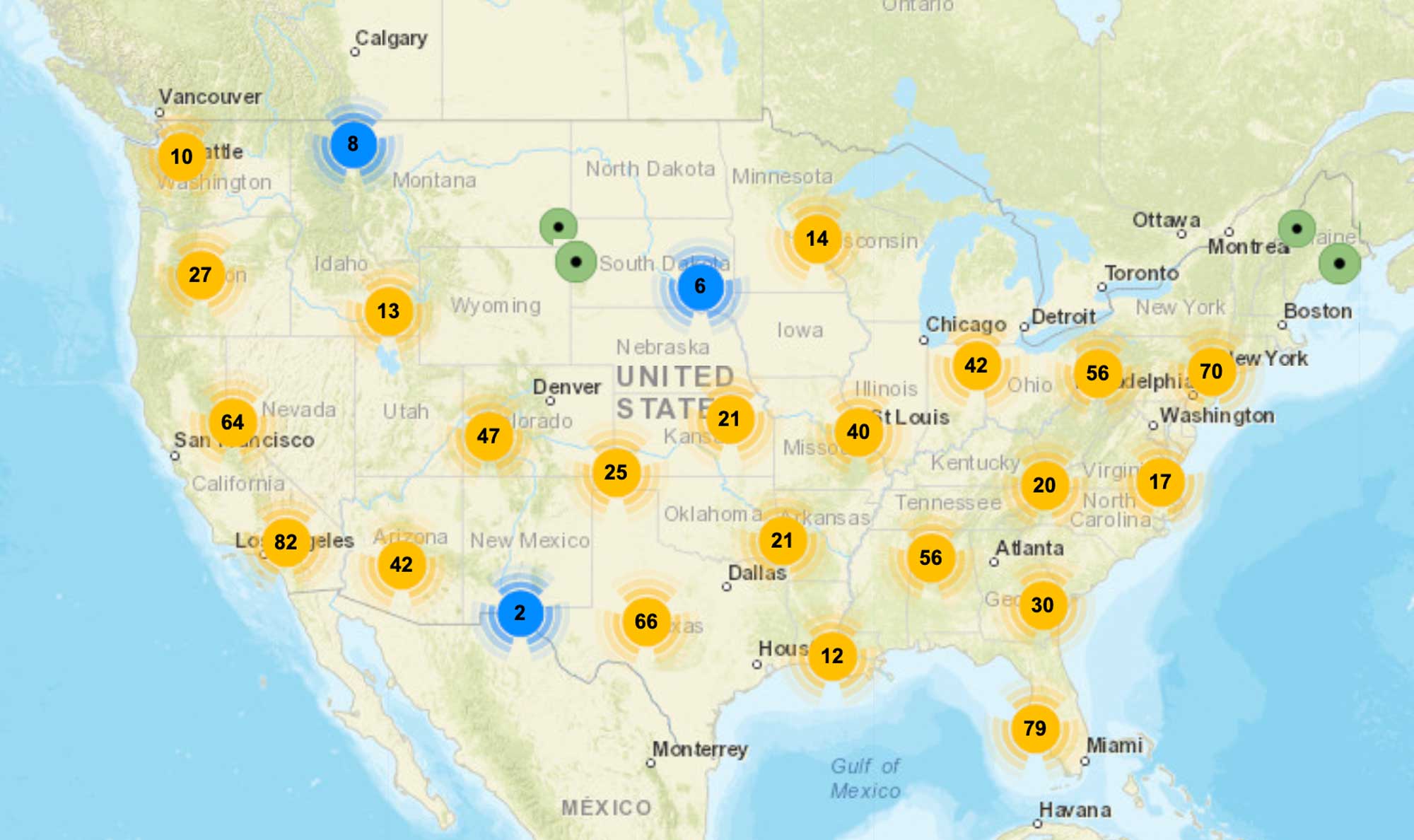How I Found a Flight School Near Me
Working in general aviation, I’m surprised at how flight schools—outfits seemingly designed to accomplish the same goal—can all manage to operate so differently. I run marketing for ICON Aircraft and am based in Los Angeles, CA. When I became interested in becoming a pilot and it came time for searching for a decent flight school near me, I had a pretty big well to draw from. Almost too big.
Finding a local flight school in Los Angeles is quite daunting—many of the schools near me had the same aircraft, advertised private pilot training, and well, seemingly had plenty of flight instructors. How could I choose which would be the most efficient to not only earn my private pilot license but ideally build a long-term relationship with? One option was covering my eyes and pointing blindly at a map; wherever my finger landed is where I would end up. While I’m being facetious, some people approach finding a flight school in what might as well be the same manner. Hopefully, some insights below help change that.
There are countless traits, too many to really list in this post, that define “a good flight school.” Thus, I wrote a book on finding the right flight school and what it takes to command flight training. You can delve into my book if you’d like, but in the immediate, below are some quick hitters that will shape student pilots thinking.
Private pilot license school
If nothing else, aspiring pilots should understand that some flight schools near them may advertise themselves as offering private pilot training, when, they’re mainly focused on multi-engine, jet, or instrument training. Finding the right flight school means focusing on a pilot school that specializes in not just flight training, but private pilot training, also referred to as “primary” flight training. But how does someone walking off the street, who couldn’t tell the difference between a Cessna or a Piper discern whether a flight school is engineered for private pilots? Again, this is the subject of a larger conversation that I dedicated a book to. But, one way is to simply ask your flight instructor. Frankly, what I found when looking at flight schools near me is that many seasoned, quality flight instructors don’t have the energy to be teaching primary, or private pilot training. They’re interested in teaching more advanced flying techniques as opposed to empowering a student pilot to figure out how an airplane radio works or becoming comfortable with turbulence.
Being direct with your future instructor and asking them:
- How many students do they have training for their private?
- When was the last time they endorsed a student pilot for their solo?
- How many examiners have been to the school in the 1 to 2 months to administer exams strictly for solo pilots?
- How many airplanes on the line have just one engine? Are there more than 4 or 5?
…can help determine an instructor’s ability and desire to properly guide a student pilot interested in earning their private.
Asking the above questions show you are likely serious about flight training and have some insight that might prevent an instructor and/or some flight schools from potentially jerking your chain.
It’s ideal for an instructor to have at least recently introduced a student to flying in some capacity and have signed them off for their solo. If the instructor is brand new and has never trained a student for primary training, this can work to your advantage, as the flight instructor might actually be excited to train you. What’s more, their personal experiences from becoming a pilot will likely be fresher in their mind and be something they bring to your training. This is different from an instructor who may have thousands of hours but earned their private pilot license 20 years ago and remembers almost nothing about how they originally became a pilot.
How long is flight school
Frankly, no web post that can load on a web page in under five minutes can cover all of the variables that can extend the length of flight training. My book, 40 Hours ,gets into detail as to how long flight training takes, not just for most people, but likely for you.
For the sake of this post, a better way of approaching how long flight school can take is to answer:
- What do I have going on in my life right now that might interfere with a responsibility that requires a lot of flexibility and at least 20 to 30 hours a week?
- Do I have the discipline to study away from the airplane, knowing no one will hold me accountable and there is likely no true deadline?
- Do I have the humility to take instruction and guidance from someone who is potentially younger than me?
Yes, flight schools can delay your flight for the day because of weather or one of their aircraft going down for maintenance. But more often than not, flight instructors are on time and want to get in the air. They don’t delay you. And some flight schools might be disorderly, but many of them have been in business for decades and know how to keep a plane up and someone in it. When it comes to how long flight school takes, the burden almost always falls on the student to ensure they are studying, committed, and have a sound reason as to why they want to become a pilot.
Flight school map
While there are a number of local resources that can point you to flight schools, one might find it interesting to look broadly at where most of the flight schools are located throughout the United States. There is no rule that says a person needs to train in their own area, city, or even state to become a pilot. When becoming a pilot, some students consider relocating for a few weeks. Moreover, people with two homes might prefer to fly in one area compared to another based on their number of local flight school options. From a safety perspective, it’s quite valuable for student pilots, and pilots of all skill levels, to fly in as many different environments as possible. Training for a few weeks in Florida will teach students how to fly among high levels of convective weather. While training on the coastal areas of California will likely introduce students to some busier airspace and some lower ceilings/foggier conditions. Remember, you’re not just earning your private pilot license, you’re becoming familiar with how to fly a plane in as many different situations as possible, preparing you for a lifetime of flying. Given this, here is a flight school map that offers a broad look at where the flight schools are in the United States. Many students might take a look at this and observe that “there aren’t a lot of pilot schools near me,” but remember, all it takes is one.
Finding local discovery flights
Discovery flights aren’t exactly a first flight lesson, they are more of an initial experience at what small plane’s feel like. Hopefully, students don’t base their decision to become pilots on their discovery flight. Realize that many people get sick on their first flight, might find the experience uncomfortable, or conversely, for those that have a grand time, might be slightly discouraged with how different the experience was from their first few flight training lessons. 40 Hours talks at length to processing your first discovery flight. What I learned while looking for a local discovery flight near me:
- Make sure you sit in the left seat
- Understand the name of the aircraft you’re flying and what avionics package it has (not all small planes are created equal).
- Don’t put too much emphasis on the landing.
Overall, don’t try to participate in flying the plane. Do attempt to understand what phases of flight you are experiencing.
Flight school vs. pilot school
Some people searching for flight training programs could potentially fall down a wormhole where they are offered to go from “zero to airline pilot” in something akin to 8 or 9 months. Additionally, it’s also possible they might come across college universities offering degree programs related to becoming a pilot. It’s worth mentioning what exactly a flight school is and what someone needs to become a private pilot.
First and foremost, a college degree is not required to become a pilot. And a flight school is simply any business that meets the regulations to hire flight instructors and rent out airplanes to everyday students. I won’t get into these exact regulations, but the business relationship is relatively simple.
A flight school and pilot school are one and the same. They provide:
- An airplane
- An instructor (who is likely an independent contractor)
- Possibly a curriculum or a course guidance to help navigate flight training.
Most people assume the first two points but may be surprised that the third is not always provided. Some flight schools are a misnomer—it’s possible very little instruction will be the byproduct of the school. Meaning they will do nothing other than schedule you with an instructor and provide you a plane. The curriculum is usually furnished by a third party or at the behest of the instructor. Because of this, there is nothing that says a student pilot is guaranteed to receive a private pilot license by going to a certain flight school for X amount of hours. There’s also nothing that said school is required to provide you a certain level of customer service (i.e. handholding). A flight instructor is required to provide you ground training for you to sit for your checkride, but that does not need to be within the purview of the flight school. Hence, this is why I encourage students to take command of their flight training. Not simply because it’s a good idea, but it’s likely the only way someone working a full time job will become a pilot.
Build a relationship with the flight school
Finally, when looking at flight schools in your area, consider which one will not only provide you a remote chance for a pilot’s license, but which might offer the most value in the long term. Meaning, don’t look at the school as the DMV, but as a depot that rents and hangars aircraft you would conceivably want to fly beyond your flight training. When a flight school endorses you to fly solo, they are not just signing off your ability to fly by yourself, but to rent one of their aircraft by yourself. You are checked out to rent at that moment and in the future, assuming you eventually become a pilot.
View their instructors not just as administrators or people with pens that will flick their wrist at your logbook, see them as people who can have a lasting impact on your flying and are people you’d want to engage with for all matters of flying, not just earning your private.
Choosing a flight school and becoming a pilot are an investment. If done properly, that investment and those relationships will last beyond passing your private pilot checkride and well into your flying .
Learn More About The ICON Lifestyle And Becoming A Pilot. Read The Latest Offerings From ICON Aircraft Publishing.
Safety and Training Resources

Flying the ICON A5 in High Density Altitude Environments
On even a cold day, operating in water environments at higher elevations provides some challenges that are important for A5 pilots to understand.
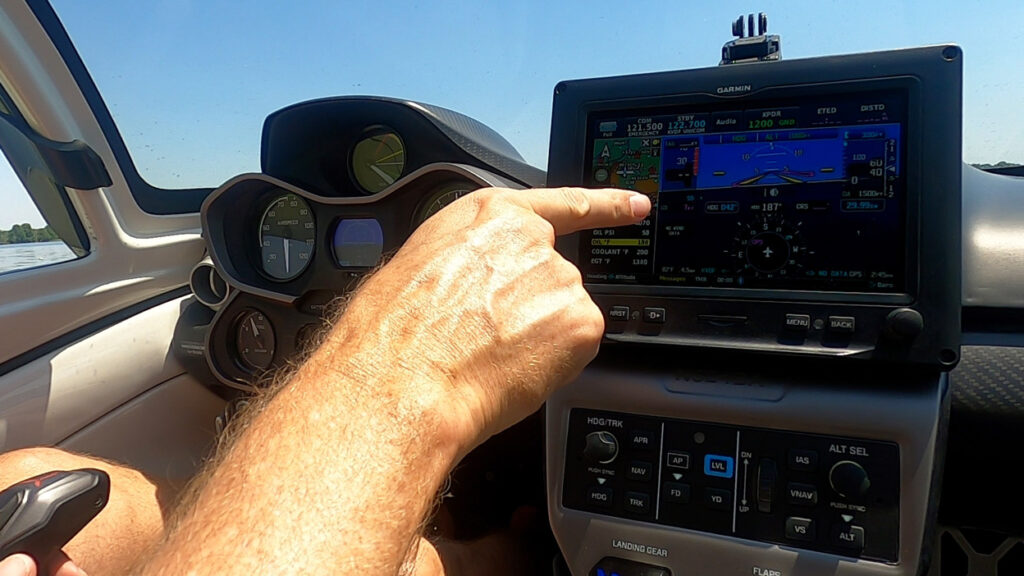
10 Hacks Every ICON A5 Pilot Should Know
With over 3000 hours in the ICON A5 collectively, our Tampa-based IFC Instructors compiled 10 Hacks every ICON pilot should know.
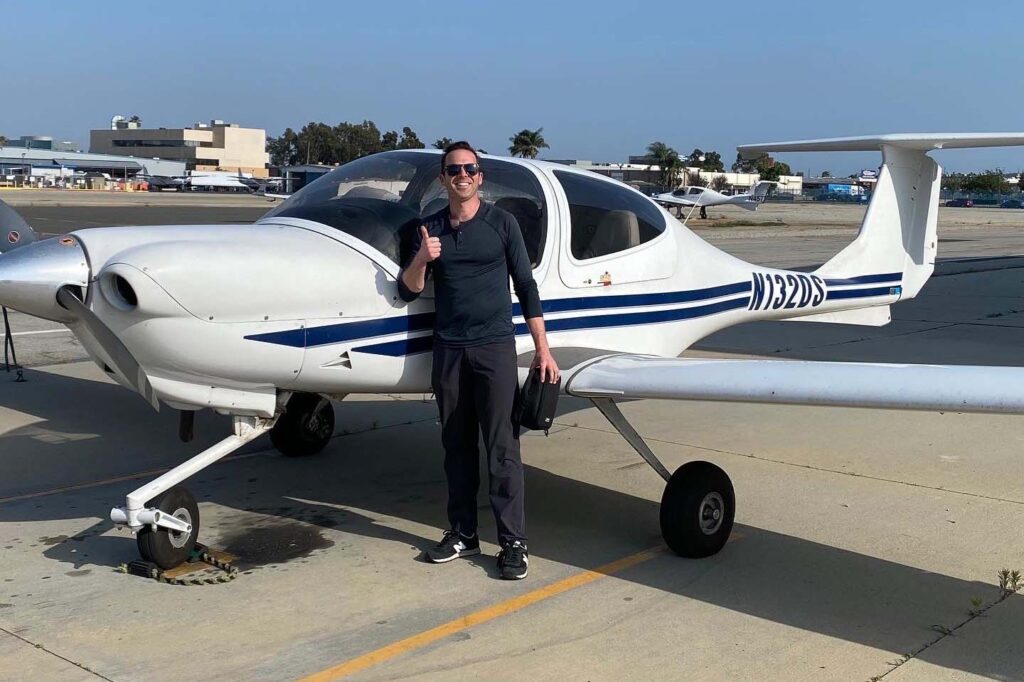
How I Found a Flight School Near Me
Finding a local flight school is quite daunting—many of the schools near me had the same aircraft, advertised private pilot training, and well, seemingly had plenty of flight instructors. How could I choose which would be the most efficient to not only earn my private pilot license?
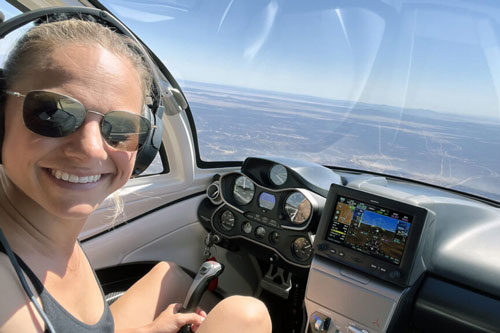
Flight Planning: Ferrying the ICON A5 from California to Michigan
The ICON A5 is a very unique aircraft with some incredible flight characteristics. When it comes to planning a cross-country flight, there are a few particular safety items to keep in mind. Here is a look at a ferry flight across the United States from ICON’s Marketing Manager.
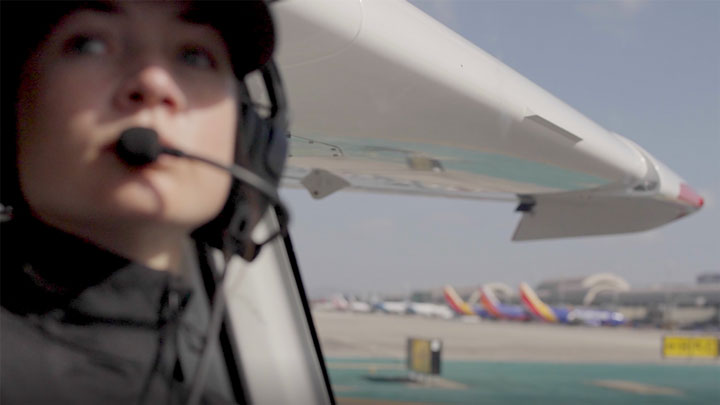
Reviewing Safety Considerations for Flying in Busy Airspace
For pilots who may be more familiar with flying at uncontrolled airports, flying in Class D, C, or B Airspace can be intimidating. If you are a Sport Pilot and want to broaden your horizons by seeking an additional endorsement in your logbook to fly in these areas, this video should offer an initial introduction for what to expect.
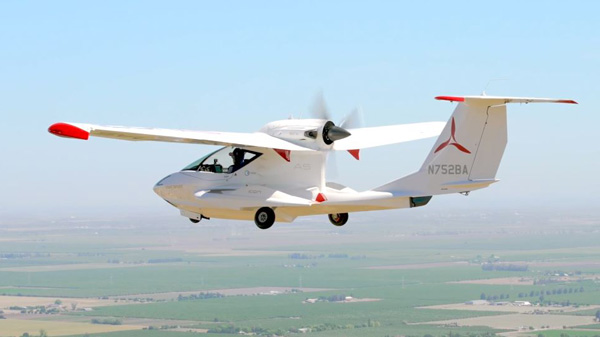
Safety Considerations for Landing with your Gear in the Correct Position
It seems simple enough: extend the landing gear when intending to land on a runway or other prepared surface, and retract the gear when landing on the water. The unfortunate truth is that accidents and incidents caused by landing with gear in the incorrect position occur far too frequently.
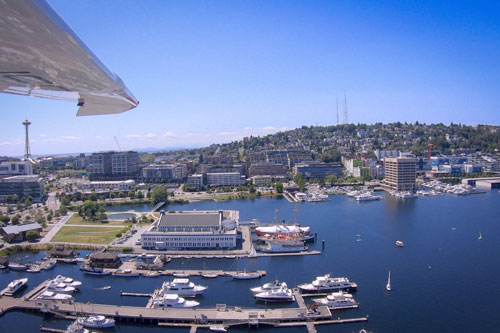
Landing the ICON A5 in Downtown Seattle | The Lake Union Approach
What allows the A5 to fly in this environment? What factors should a pilot consider to ensure this flight is performed safely? Flying the A5 in Seattle may be one of the most unique flights a pilot can experience in the country, especially considering how immersed the A5 makes you feel amongst the Seattle skyscrapers.
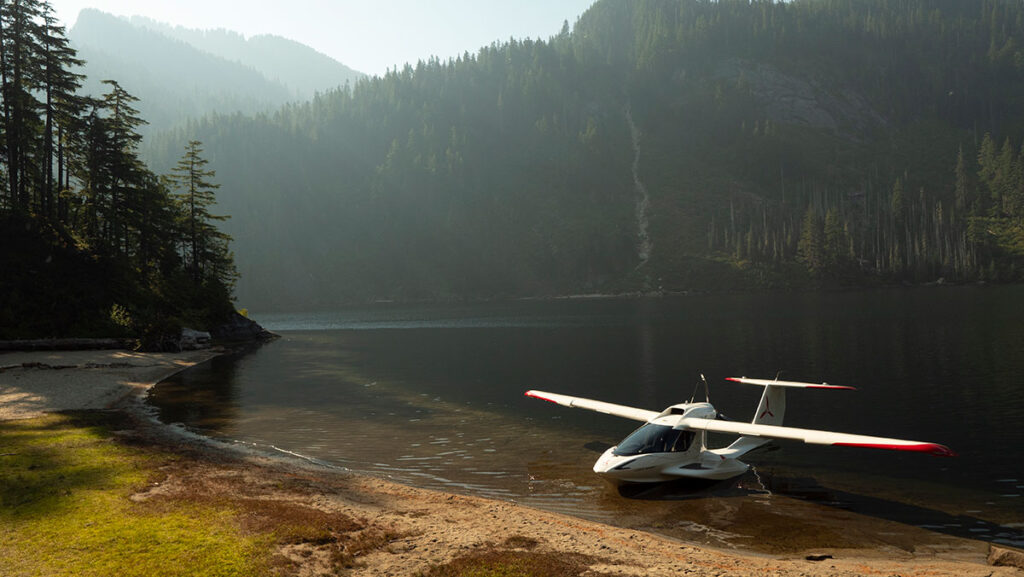
Flying the ICON A5 at Lake Isabel
An A5 Flight Instructor recently flew to one of the most popular seaplane destinations near Seattle. Watch how she planned her trip and approached a new area.
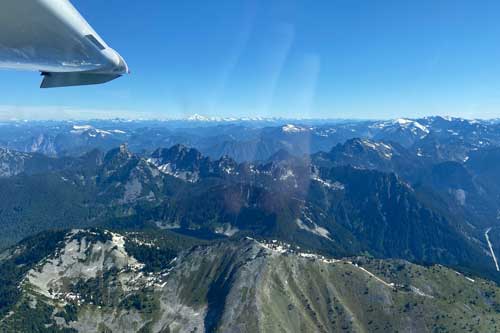
Flying the ICON A5 on a Cross Country Flight | Seattle to Spokane, WA
What’s the range of the ICON A5? It’s a question we at ICON Aircraft receive on a consistent basis. I recently had the chance to fly the A5 from Seattle to Spokane, WA, making a stop at Grant County International Airport.
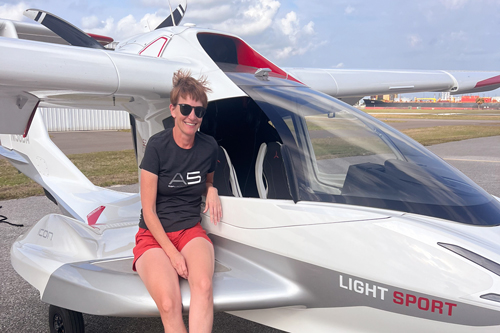
ICON Instructor Pilot Profile: Jo McPherson
Meet IAFI Joanna McPherson: A Mother of Six and a Civil Air Patrol Volunteer Inspired to Become a Pilot and an ICON Authorized Flight Instructor
